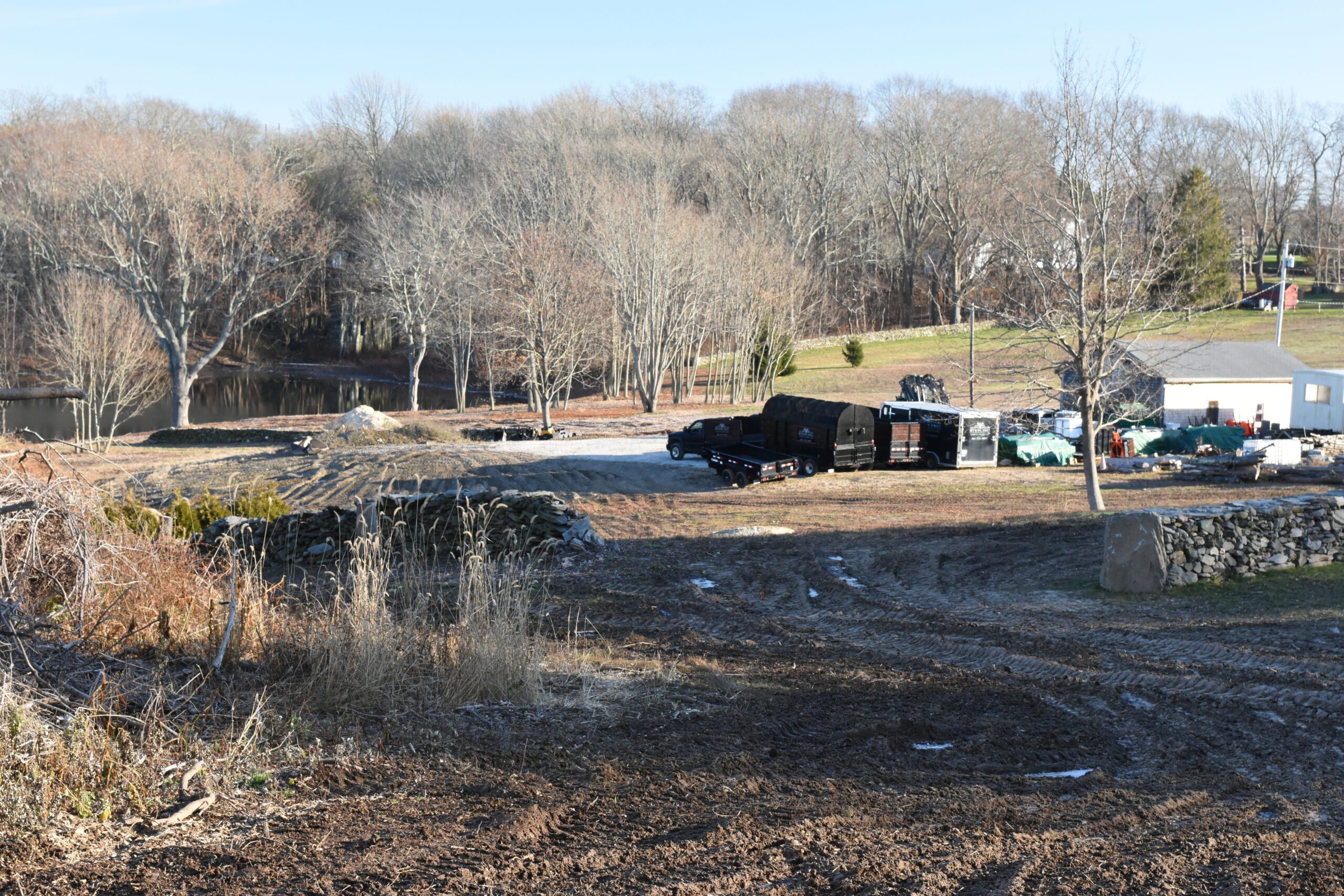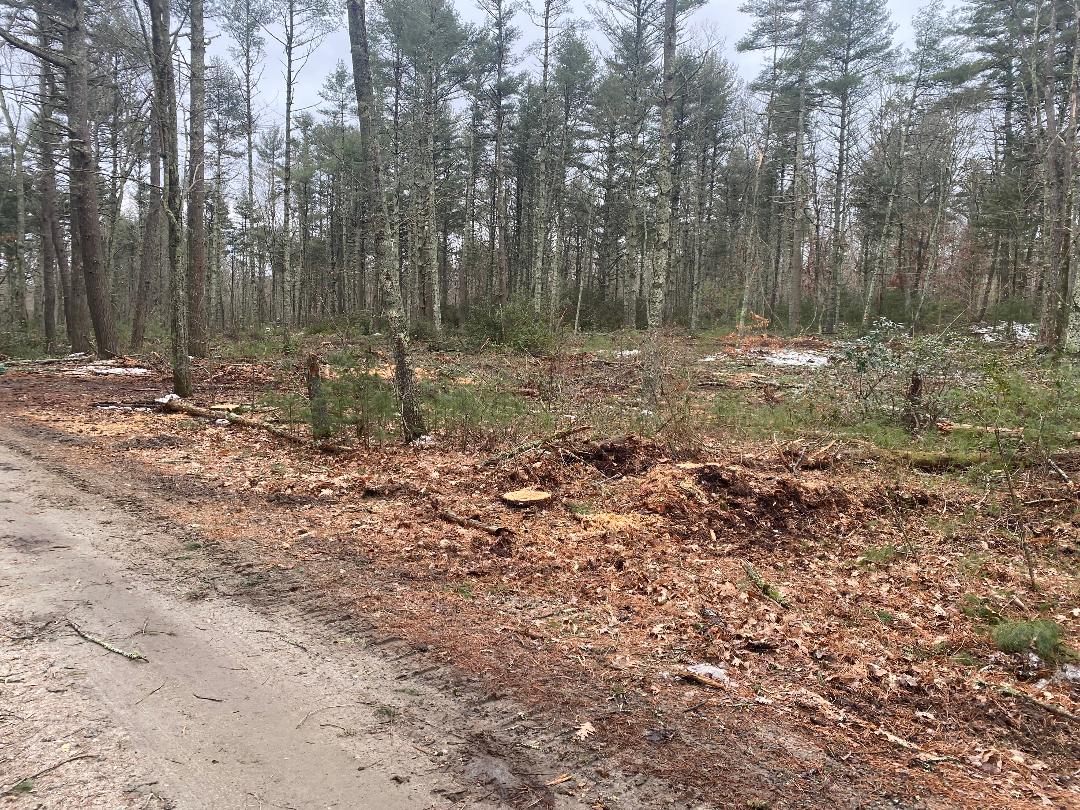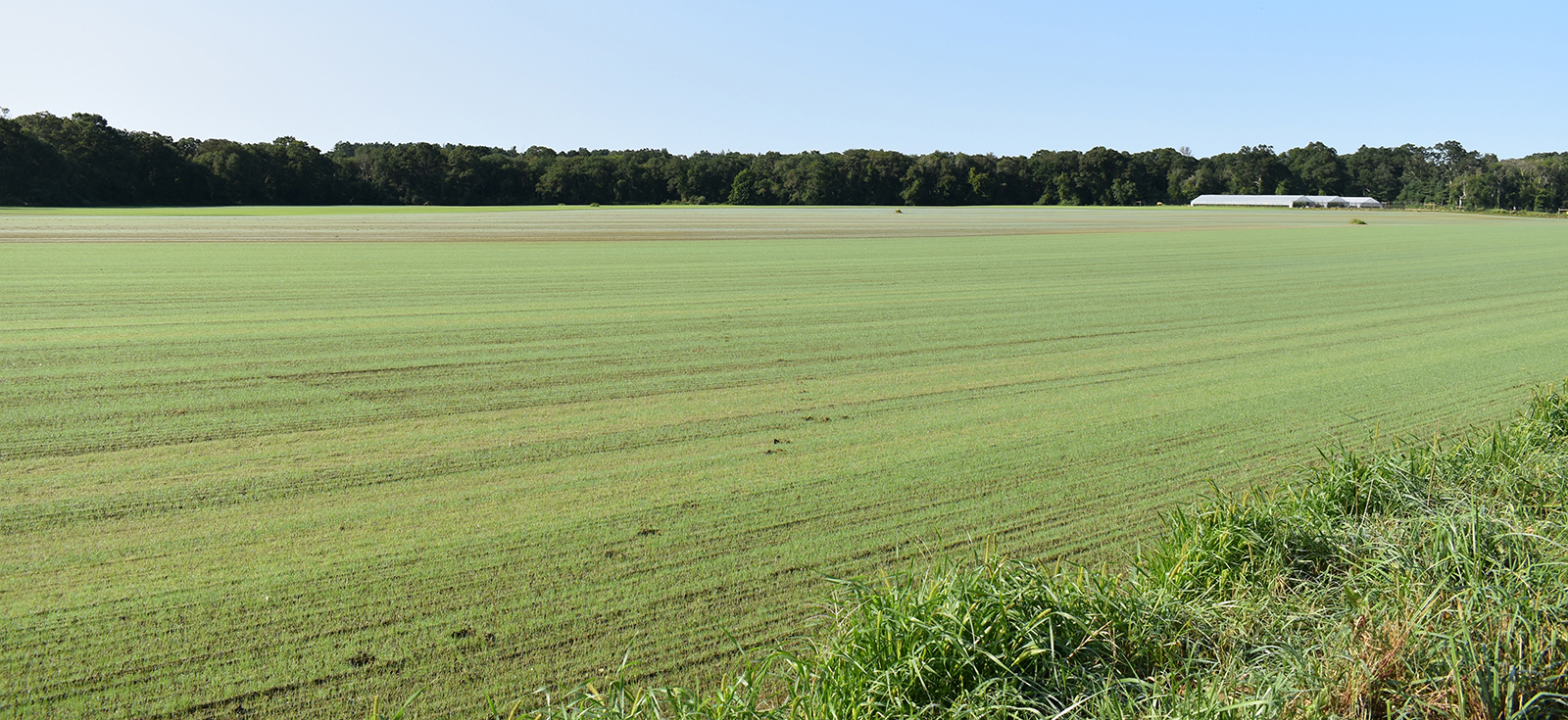July 14, 2013
PROVIDENCE — The Route 195 Redevelopment District Commission took ownership of 27 acres of undeveloped highway land this spring. There’s a movement underway to transform Kennedy Plaza into a “lively public square.” And there’s momentum building to do something with the undeveloped remains of the former Shooters site at the head of Narragansett Bay.
All three of these projects — each in various stages of planning — could have significant environmental impacts on Greater Providence, in terms of increased stormwater runoff and a more pronounced heat-island effect, without proper planning and plenty of community discussion. There’s also the possibility the projects could make the car-orientated capital even less bicycle and pedestrian friendly.
On the flip side, each project could help continue local development down the path that leads to smart growth and complete streets. Much of that path still needs to be cleared, but the I-195 land, the redevelopment of Kennedy Plaza and the Shooters project all have the possibility of making Providence a healthier and more vibrant city — provided special interests and shortsighted planning, two Rhode Island talents, don’t lead to another 38 Studios debacle.
“We were a world-class city once and we can be again,” Arnold “Buff” Chase of Cornish Associates told a packed house at the Providence Athenaeum during an April discussion entitled “Curating the City: Temporary Installations, Permanent Impressions.”
Now more than ever, environmentally friendly practices and programs play a significant role for any city that is inspired to be “world class” (see: Portland, San Francisco, Seattle and Philadelphia for U.S. examples).
Seattle has structured its water rates so that heavy summertime users pay more. New plumbing codes require efficient toilets and faucets in all construction. Incentive programs reward those who replace antiquated plumbing. Public education put water conservation on par with recycling.
Not sexy, shout-from-the-top-of-a-mountain changes, but alluring ones that package nicely with a creative economy.
Glitzy financial centers, new five-star hotels, abundant parking, chain restaurants, big-box stores and multibillion-dollar public projects don’t define “world class.” It also takes more than farmers markets, food trucks and a 2.1-mile streetcar route that will cost $39 million. A progressive city doesn’t eliminate historical tax credits.
These days, a progressive city looks a lot like Philadelphia, which, to stop sewage spills and comply with the federal Clean Water Act, spent $1.6 billion on a project that restored streams, replaced many concrete and asphalt surfaces, such as basketball courts and parking lots, with permeable pavement, and planted miles of vegetation on rooftops and along city blocks. Philadelphia chose that route, instead of spending $10 billion for a massive stormwater storage tunnel under the Delaware River.
In the 21st century, cities must have an exceptional public transit system; embrace low-impact development; support bicycle paths and pedestrian corridors; build vertical parking garages, not encourage surface lots; implement smart stormwater management practices; plant native trees; and cultivate green rooftops, rain gardens, urban farms and community gardens.
Progressive cities have cisterns behind townhouses and condos that capture rainwater for flushing toilets and washing clothes. Rain barrels are attached to the gutters of public buildings, and food scraps aren’t buried or burned. Parks and street corners have two receptacles — one for recycling and one for trash.
The officials behind Providence’s three pending projects have repeatedly said environmental concerns will be considered and best practices adopted. But, as is well documented, such measures are often the first to be discarded when a project goes over budget. Long-term visions are regularly obstructed by short-term dollar signs — look no further than the slopes bill that passed in the recently ended General Assembly session. Rhode Island consistently caves to development pressures, as if building things is the panacea to all of our troubles.
I-195 land
Original plans for the waterfront area of the now-useable Interstate 195 land designated 6 acres for green space, but changes quickly carved out some 1.5 acres near the street edge of the land for development. The Route 195 Redevelopment District Commission chose to develop a portion of this parcel because it believed the park was too large.
In fact, the goal of the commission’s work is to “achieve economic success” for the city and the state “through the development of the 20 acres of now vacant developable land between the neighborhoods of DownCity and the Jewelry District,” according to a request for proposal that was due July 12.
State leaders have said they are hoping the sale of the former 195 land will help jump-start Rhode Island’s ailing economy. They have high hopes of selling the land and, with its development, of creating high-paying jobs in the life-sciences and education fields.
Economic growth, however, can’t be the driving force behind a city’s identity. That vision alone doesn’t make a city progressive, successful or sustainable.
The Route 195 Redevelopment District Commission has the authority to sell 17 individual parcels, on 19 acres, that are available for development. Another three parcels, totaling 8 acres, have been designated for park land.
Plans for the opened-up 195 land include the development of an 8-story building with 3,000 square feet of space. The building will have extraordinary views, according to the commission’s vision. But, more importantly, will the building have a green roof or solar panels?
The planned development includes a walkway through the site — from the park into the Jewelry District. The pathway would allow for a connection to the “City Walk,” which would link areas of the city through scenic parks and pedestrian routes. The commission noted that this pathway would naturally divide the land and create two separate parcels for development, creating views that will overlook both the park and the water.
Some commission members and city and state officials believe residential or hotel development would energize the area.
In all the stories written, press conferences convened and meetings held about the future of this space, there has been little discussion about community gardens and urban farms, or wind turbines to complement those across the way at the Narragansett Bay Commission.
All the talk regarding this space is about creating value, mostly economic. There’s only whispers about sustainability and conservation.
Not far down the industrial waterfront, at the old Shooters site, there is talk of using the 1.4-acre lot as a marketplace, a space for functions such as weddings and/or a place to rent kayaks. With sea-level rise a looming threat, a progressive city also would think about keeping and/or adding natural buffers.
Kennedy Plaza
The makeover of this downtown area is a partnership of private and public sector organizations that have come together to transform an area that includes Burnside Park, the Bank of America Skating Center, Biltmore Park and Kennedy Plaza into a “lively public square, rich with activity.”
Improvements include better integrating the skating center to the wider area to allow for better off-season use, and raised roadways allowing for better pedestrian connectivity throughout the plaza and for calming traffic. There’s been inspiring proposals for outdoor seating, cafes, sculptures, public art and temporary structures. There’s been little talk of sustainable landscaping.
There’s talk of replacing asphalt with concrete, but little about replacing impervious surfaces with porous ones or greenways.
Driveways, highways, rooftops, patios, parking lots and buildings cover some 14 percent of Rhode Island. In Providence, that percentage jumps to 37 — that’s a lot of manmade surfaces that quickly funnel contaminated stormwater directly into Narragansett Bay.
The impacts of stormwater runoff are devastating and far-reaching. Flooding, as Rhode Island witnessed in 2010, has become both more common and more intense. Water tables drop and rivers, streams and wells fed by groundwater begin to dry up. Freshwater habitat is destroyed as sediment is sent downstream and surges of stormwater erode riverbanks.
Public transportation
Plans call for improving bus operations at Kennedy Plaza. The Rhode Island Public Transit Authority (RIPTA), through its on-going comprehensive operational analysis, originally determined that the number of bus berths could be reduced from 19 to 10. Public transit supporters expressed concern. Updated plans now call for reducing the number of berths by five, to 14.
In the meantime, the General Assembly again failed to advance meaningful transit funding reform. It’s difficult to be a progressive city when public transportation is funded using a 1970s formula.
“It’s critical to have good public transportation,” Diana Johnson, a member of the Route 195 Redevelopment District Commission, said during that aforementioned meeting in April. “People in the community need to push for public transportation.”
They sure do, because outside of the vocal group RIPTA Riders and the Coalition for Transportation Choices (CTC), few are loudly promoting the advantages of public transit.
The section of the city’s website devoted to parking questions doesn’t even mention public transportation. But it does brag that “parking in Providence is easier than you think and there is an abundance of spaces available.” It notes that there are more than 1,100 metered spots downtown and in College Hill, Smith Hill and the Jewelry District. There also are 400 un-metered spots, and more than 20,000 public/private parking spaces within walking distance of most establishments. There’s even a map to show you all of these paved oases.
There’s no web page that brags about the number of bus stops or promotes train service, just links to RIPTA and the commuter rail.
There’s even a website devoted to parking in Providence. It helps you find lots and garages near popular downtown destinations, teaches visitors how convenient and affordable downtown parking can be, and provides tips on how to get the best parking deals.
Besides RIPTA and the CTC, it’s hard to find anyone cheering as loudly for public transportation, which is the backbone of such progressive cities as Portland.
There are no easy fixes to becoming a better city. It takes planning, education, commitment and a strong political will. The city’s Lots of Hope program, the ongoing Downtown Circulator project and a host of other good initiatives are following the lead of Grow Smart Rhode Island, which began clearing the path two decades ago.
But does Providence have the will to follow the path to the end? We’ll find out in the next few years.
Categories
Join the Discussion
View CommentsRecent Comments
Leave a Reply
Your support keeps our reporters on the environmental beat.
Reader support is at the core of our nonprofit news model. Together, we can keep the environment in the headlines.
We use cookies to improve your experience and deliver personalized content. View Cookie Settings




There needs to be a redefinition of the speed limits to 15 mph around Kennedy Plaza, particularly on Exchange. I think some of the stuff that's being done vis-a-vis redefinition of corners and changing streets to two-ways is going to accomplish some traffic calming, but for the less busy times of day when people have the freedom to speed up, there should be a clear designation that that's not okay. I brought this up at the BPAC meeting last night, and found several of the members really open to it, but also felt some resistance to the idea from some of the other members, so this is not a done deal and needs people to be vocal in order to succeed.
Much of this is predicated o0n economic growth, mostly profits for real estate interests. These projects will do very little for long term prosperity because all they do is make the ecosystem damage a bit slower, they do not real turn it around. IN order to bring prosperity to RI we have to combine ecological healing with economic justice, and these plans miss the boat on both accounts.
For an exploration of a new approach to development come the conference "Ecological Healing, Ecological Economics, Economic Justice: Creating Prosperity for the 99% in Rhode Island on October 12. google it or me
The last cost projection I saw (dated 11/3/11) for the streetcar in Providence was $127.7 million.
Whatever happened to the Waterfront Park Design Competition from 2006-2007? They selected a winner, but I haven't seen the winning design, nor do I believe that they've constructed it yet. I can't find anything more recent that 2007 on that.
Nevermind. I found more info. (Though, it doesn't clarify what happened to the winning design and/or it's designer.)
http://www.browndailyherald.com/2013/03/05/construction-changes-plans-for-park-on-providence-river/